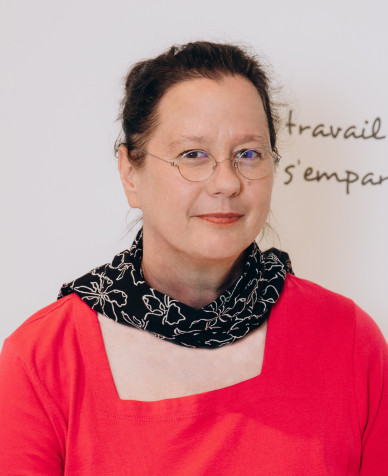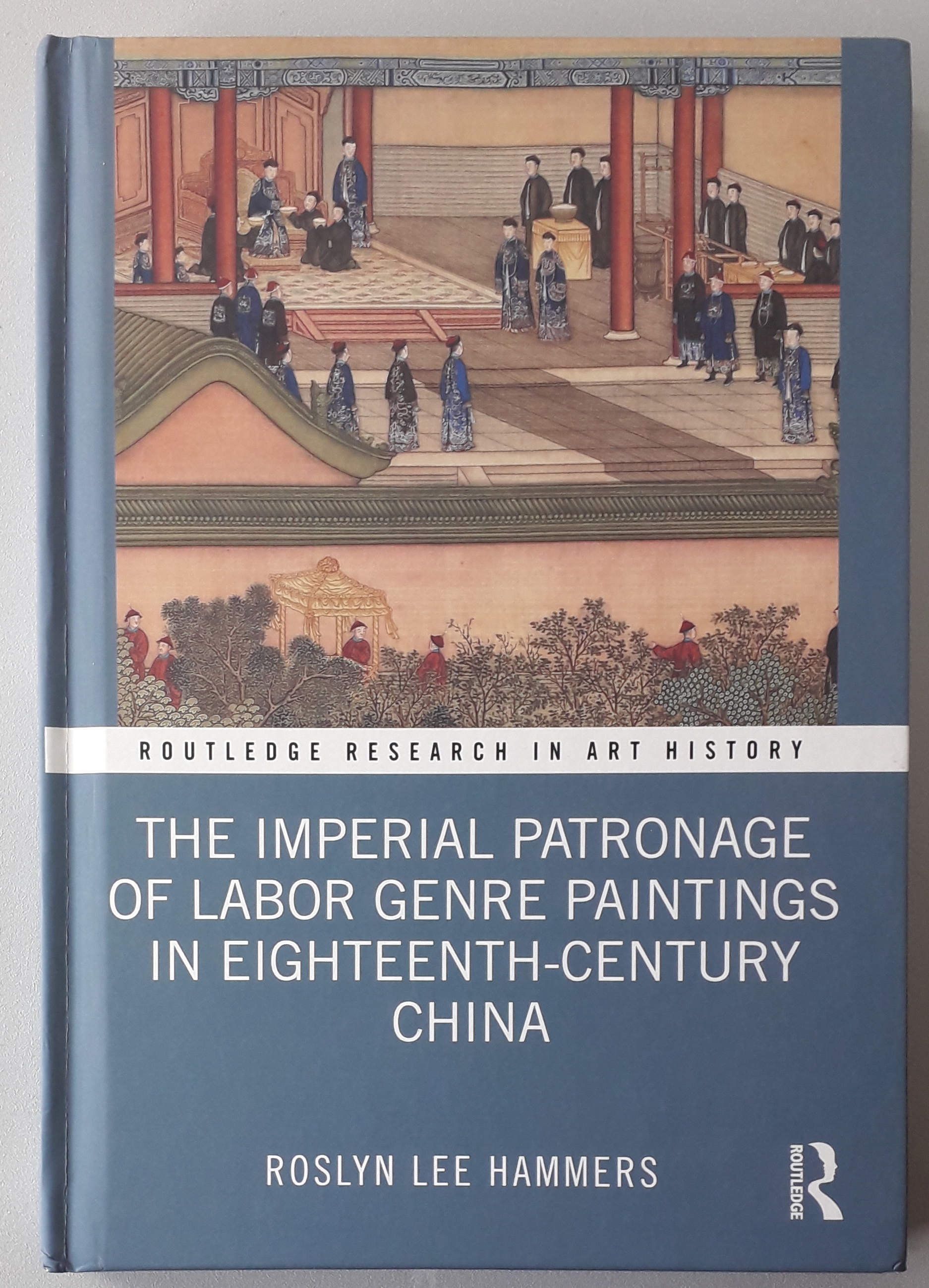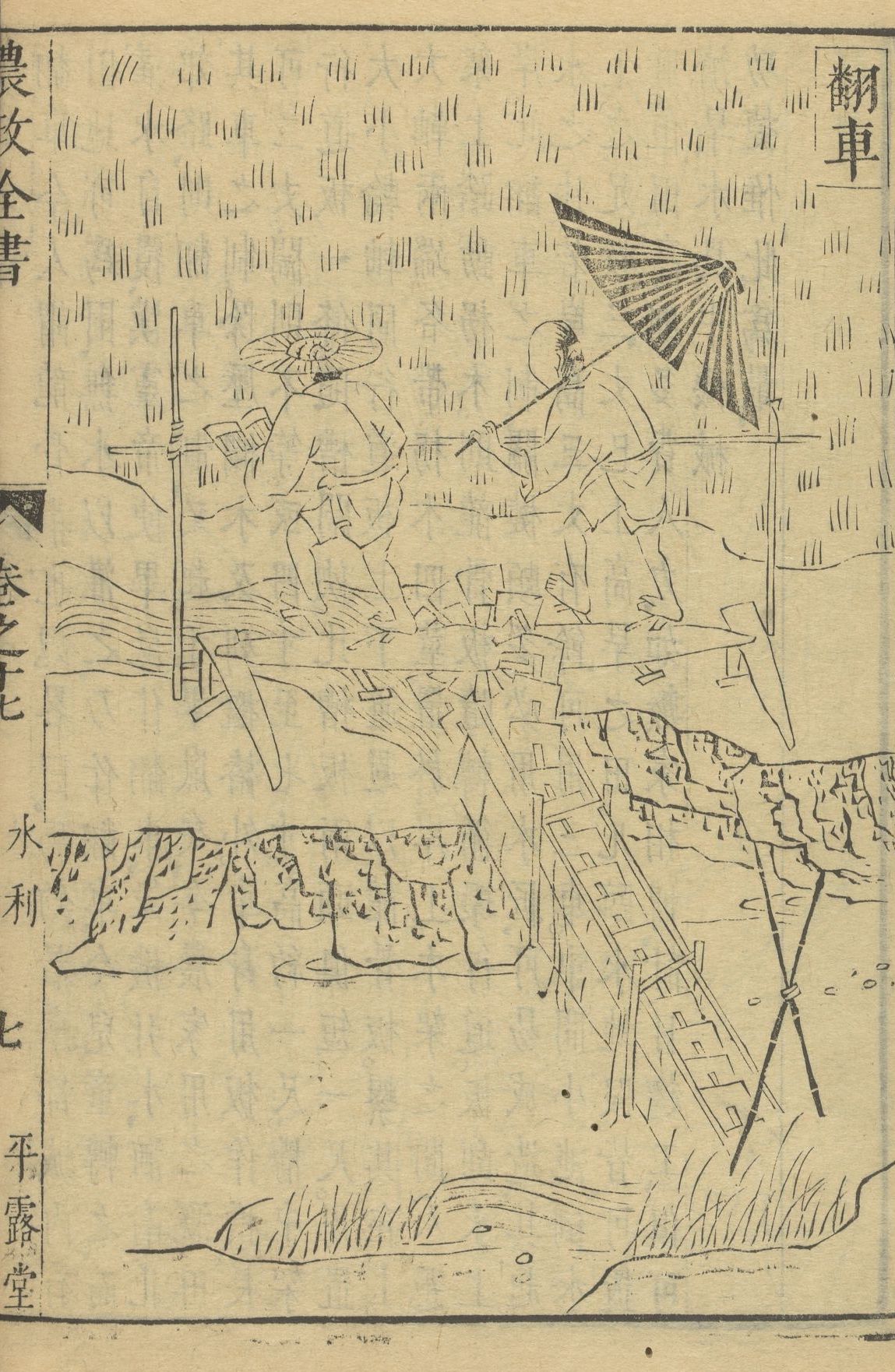Résidents

Roslyn HAMMERS
Images du coton : travail, économie et production impériale de connaissances technologiques dans la Chine du XVIIIe siècle.
Période de résidence : Septembre 2022 à juin 2023
Discipline(s) : Histoire de l’art
Pays : États-Unis

FELLOW FOCUS
Le séminaire de résidence de Roslyn Hammers aura lieu le lundi 28 novembre 2022 :
Revising Labor in the Pictures of Cotton: Art and Science in Eighteenth-Century Qing China
This seminar explores the history of knowledge on cotton in the visual culture of China with a special emphasis on the Pictures of Cotton (Mian Hua Tu 棉花圖). This work of art constitutes a suite of sixteen images that delineate steps of labor necessary to produce cotton fabric. Each scene is accompanied by an explanation and two poems. The Pictures of Cotton date to 1765 during the Qing dynasty when Manchus or peoples from beyond the northern borders ruled. They are unusual in that they are a product of collaboration between Governor-General Fang Guancheng (1696/9–1768) and the Qianlong emperor (r. 1735-1796). Typically historians and historians of science and technology regard the Pictures of Cotton as an engagement with classical political theories in which the emperor and his officials are to “encourage agriculture” (quan nong 勸農) and to “know the hardships of farm work” (zhi jia se zhi jian nan 知稼穡之艱難). Undoubtedly the paintings are greatly informed by such ideals; they also provide scientific information about best practices for the production of cotton. In this presentation, however, the import of the imagery and poetry, integral components of the Pictures of Cotton, is re-evaluated. In Qing-dynasty China, an era contemporaneous with the European Enlightenment, the construction of knowledge was not as detached from art and poetry as modern theories of science may advance. The mode of image making used in the Pictures of Cotton draws upon revered traditions in which the Qing emperors were highly invested. The appearance of the Pictures of Cotton functioned in part to remind contemporaneous viewers about the grand agricultural heritage of China and the authoritative vision of Manchu governance. Moreover, the poems seek to lay claims to the valuation of labor and the dignity of the farming families. Through a consideration of the visual culture of the Qing court, this seminar seeks to reclaim some of the complexities of envisioning cotton.
Suggestions de la semaine :
Film : The Rice Bomber (Bai mi zha dan ke) de Cho li (2014, Taïwan).png)
Lecture : The Imperial Patronage of Labor Genre Paintings in Eighteenth-Century China, Roslyn Lee Hammers (2021)

Image :

Projet de recherche : Images du coton : travail, économie et production impériale de connaissances technologiques dans la Chine du XVIIIe siècle.
Ce projet de recherche porte sur les représentations picturales de la production de coton en Chine au 18e siècle. Il se concentre sur les images du coton, un type d’imagerie qui dépeint les étapes séquentielles du travail impliquées dans la culture, la récolte et le tissage du coton. L’étude examine les motivations de la formation nouvelle de ce genre pictural qui a été parrainé par Fang Guancheng (1696 / 1698 - 1768), un bureaucrate de premier plan. Fang plaida pour le rôle du coton dans l’économie, fournissant des textes explicatifs pour chacune des étapes, clarifiant les procédures de présentation à l’empereur. Les théories classiques chinoises de la gouvernance dictent que l’empereur doit manifester le souci du bien-être des familles agricoles. Les images du coton peuvent être considérées comme un moyen de faire progresser les démonstrations de bienveillance impériale tout en articulant les innovations dans les connaissances technologiques. Tant que le texte et l’imagerie intègrent des revendications de l’héritage classique de la Chine tout en s’appuyant sur des aspects de l’empirisme européen. « Images du Coton » offre un exemple alternatif de connaissances technologiques inspirées par l’observation directe des travailleurs au travail.
Biographie
Roslyn est professeure associée au département d’histoire de l’art de l’Université de Hong Kong. Elle a obtenu son doctorat en histoire de l’art à l’Université du Michigan, Ann Arbor. Avant de prendre ses fonctions à l’Université de Hong Kong en 2006, elle a enseigné l’histoire de l’art et les études asiatiques au Whitman College, à Washington. Elle a également été fellow Andrew W. Mellon au Needham Research Institute de l’Université de Cambridge, au Royaume-Uni.
Roslyn Lee Hammers mène des recherches sur l’histoire de l’art chinois et la théorie de l’art. Elle s’intéresse principalement aux représentations du travail et à l’imagerie technologiquement informée. Elle applique une approche interdisciplinaire à ses études, intégrant l’histoire des sciences et de la technologie, les études littéraires, l’histoire économique et l’histoire. Grâce à ses recherches, elle vise à favoriser une meilleure compréhension des rôles de la production artistique pour façonner les discussions sur les questions sociales et culturelles passées et présentes.
Bibliographie
HAMMERS, Roslyn Lee. The Imperial Patronage of Labor Genre Painting in Eighteenth-Century China, Art History & Visual Studies series, Abingdon, UK: Routledge, 2021. 321 p.
HAMMERS, Roslyn Lee. "The Peony in Painting and Verse in China from the Eight to the Thirteenth Centuries", in David Michener and Robert Grese, eds., Passion for Peonies: Celebrating the Culture and Conservation of Nichols Arboretum’s Beloved Flower, Ann Arbor: University of Michigan Press, 2020: 133-142.
HAMMERS, Roslyn Lee. "Agriculture by Royal Example: Eighteenth-century Representations of the Emperor at Work in China and in France", in Proceedings of the 34th World Congress of the History of Art, Beijing, vol. 2, Shanghai: Commercial Press, 2020: 643-654.
HAMMERS, Roslyn Lee. "Khubilai Khan Hunting: Tribute to the Great Khan", Artibus Asiae, 75 (2015): 5-44.
HAMMERS, Roslyn Lee. Pictures of Tilling and Weaving: Art, Labor, and Technology in Song and Yuan China, Hong Kong: Hong Kong University Press, 2011. 304 p.

